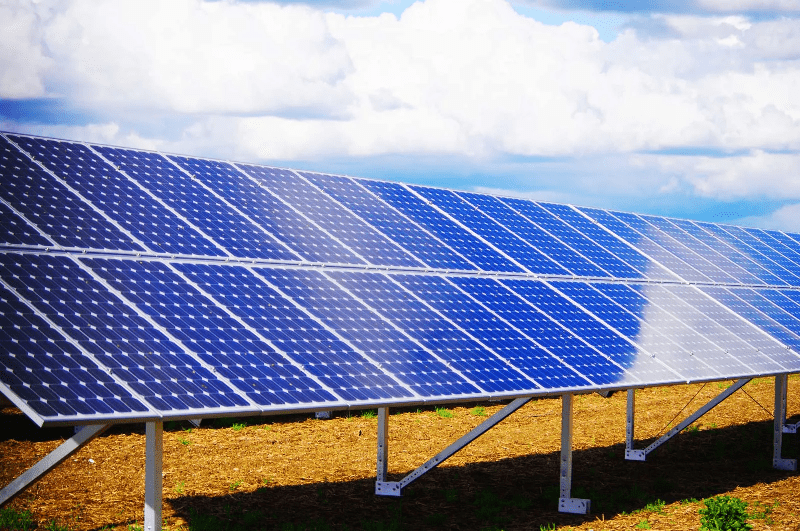In Short : Arizona Public Service (APS) has revealed a 15-year plan aimed at meeting the increasing energy demand in the region. The plan outlines strategies to enhance grid reliability, increase renewable energy capacity, and promote energy efficiency measures. APS aims to retire its coal-fired Four Corners Power Plant by 2031 and transition to cleaner energy sources, including natural gas and renewable energy projects. The utility also plans to invest in battery storage technology to ensure a stable power supply and accommodate the growing demand for electricity. By focusing on these initiatives, APS aims to provide reliable, affordable, and sustainable energy solutions for its customers in the coming years.
In Detail : PHOENIX : APS announced it filed a new plan that will address growing customer energy needs at the Arizona Corporation Commission on Wednesday.
The 2023 APS Integrated Resource Plan includes strategic years-ahead planning to continue to provide customers with a reliable power supply in the future. IRP provides a 15-year outlook on how much electricity APS customers will need. In addition, it will show what investments are necessary to address needs with around-the-clock energy due to unprecedented population and business growth in the state.
APS worked with its stakeholders, the Resource Planning Advisory Council, which includes consumer advocates, university researchers, resource developers and environmental and public interest organizations. APS said RPAC met over the last year to incorporate transparency, diverse perspectives and extensive dialogue into the integrated resource planning process.
“Our state is growing rapidly and when we think about how important reliable power is for customers, and especially considering the unique challenges Arizona’s summers bring, it’s critical we plan years in advance,” Jacob Tetlow, APS Executive Vice President of Operations, said in a press release.
“Our team has worked collaboratively with a diverse group of stakeholders to develop the 2023 IRP and find pathways to continue to provide top-tier reliability, while maintaining affordable rates, for our customers well into the future.”
How much power will Arizona need in the future?
According to APS, customers benefit from almost 9,400 megawatts of available electricity, an amount the energy company reached throughout its nearly 140 years of service. APS said by the end of 2027, APS customers will need about 11,350 MW, an amount equivalent to what it takes to serve about 1.8 million Arizona homes.
By 2031, customers will require over 12,000 MW and peak demand will grow by about 40%. By 2038, customers will need more than 14,820 MW.
Why is the energy demand increasing in Arizona?
Arizona is seeing a boom in growth and development. The state is expected to increase an average of more than 1.3% which translates to about 23,000 new customers yearly, APS said.
Also, individual customers are using more electricity, not only with air conditioners in the summer but with increased use of devices and products that are electronically powered.
Drivers opting to switch from gas-powered vehicles to electric will also contribute to increased energy use. APS forecasts more than one million EVs in its service territory by 2037.
Residential customer growth, large businesses like manufacturing companies and data centers moving to the APS territory will add to demand as well.
Where will the new power come from for APS customers?
APS said it’s making investments so customers can benefit from a strong and reliable power supply that is transitioning to 100% clean and carbon-free by 2050. By 2027, APS will add more than 6,000 MW of solar and wind power, along with battery storage. It will provide the greatest long-term value and affordability to customers, according to APS. The use of the technology can capture clean renewable energy and store it for customers to use later.
APS plans to exit from coal-fired electricity generation in 2031. During that transaction, APS will use flexible natural gas resources that can ramp up quickly during times of the day when customers need electricity the most and make use of existing infrastructure to maintain customer affordability.

